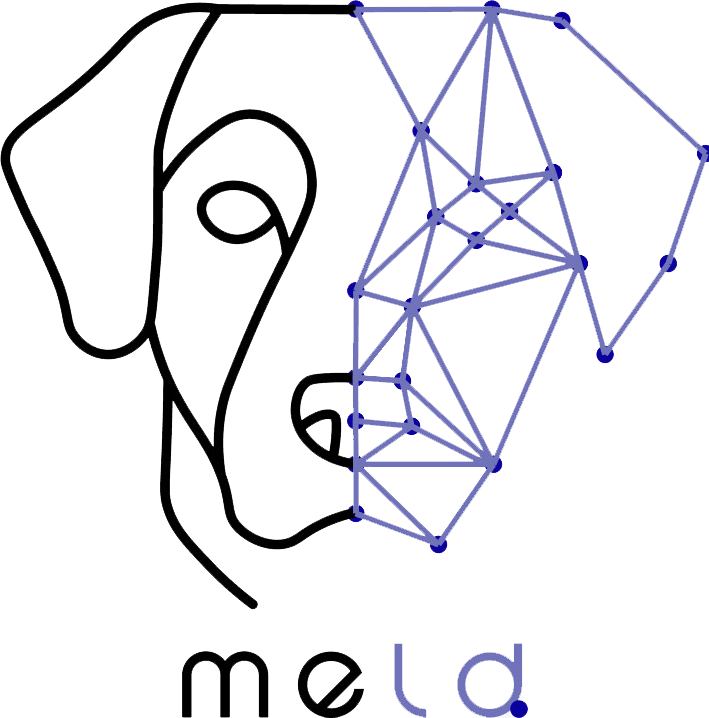This paper introduces a method to automatically identify hidden behavioral patterns in animals using unsupervised machine learning. It leverages k-means clustering and PCA on automatically extracted movement features from dog video trials to overcome human bias and labor-intensive traditional methods. The study successfully applied this to a “Stranger Test,” showing that clusters derived from objective movement features, such as intensity of use and contact ratio, correlated with owner-reported stranger fear and aggression (C-BARQ scores), thus enabling exploratory insights prior to hypothesis formation. However, the results are preliminary due to a small sample size and require further validation.
Non-Invasive Computer Vision-Based Fruit Fly Larvae Differentiation: Ceratitis capitata and Bactrocera zonata
This paper proposes a novel, non-invasive method using computer vision

